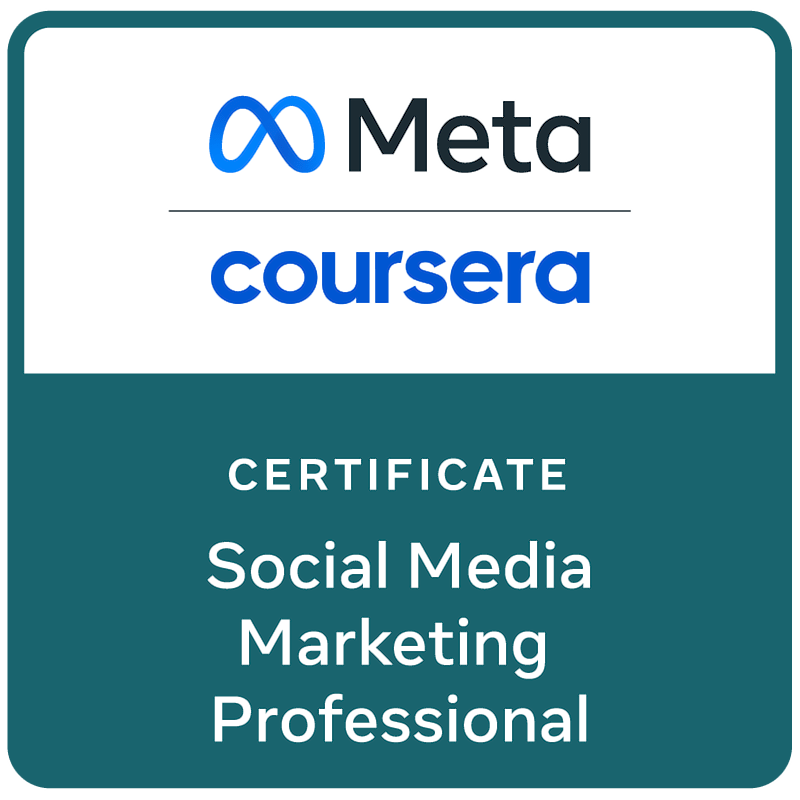In the world of online sales, grabbing and holding your audience’s attention is half the battle. Visual storytelling is a powerful way to connect with potential customers, engage their emotions, and guide them toward a purchase. Here’s a breakdown of visual storytelling techniques that can transform your website into a conversion powerhouse.
Start with a Compelling Hero Image
The first thing visitors see sets the tone for their entire experience. Use a hero image or video that captures the essence of your brand or product.
- Highlight Emotion: Show happy customers using your product.
- Focus on Benefits: A fitness brand might show someone crossing a marathon finish line, symbolizing achievement.
- Keep It Crisp: High-resolution, clutter-free visuals grab attention and convey professionalism.
Create a Visual Journey with Scrolling Effects
Interactive scrolling effects, like parallax scrolling, guide users through your story as they move down the page.
- Sequential Storytelling: Divide your story into sections that reveal different aspects of your product or service.
- Smooth Transitions: Use animations or fades to make the journey seamless.
- Call-to-Action Moments: Place well-timed CTAs within your scrolling experience.
Example: A travel website could use parallax scrolling to simulate a journey, showcasing destinations, experiences, and booking options as the user scrolls.
Use Infographics to Simplify Complex Information
Infographics make data and concepts visually digestible, especially when explaining how your product works.
- Focus on Key Benefits: Highlight what sets your product apart.
- Add Icons and Illustrations: Visual aids help break up text-heavy sections.
- Keep Branding Consistent: Use your brand’s color palette and fonts.
Example: An eCommerce site selling eco-friendly products might use an infographic to show the environmental impact of switching to their items.
Showcase Customer Stories with Photos and Videos
Nothing sells like social proof. Visual testimonials allow potential customers to see your product in action through real-life scenarios.
- Before and After Photos: Demonstrate transformation.
- Video Testimonials: Let customers share their experiences in their own words.
- Focus on Relatable Characters: Choose customers that mirror your target audience.
Example: A skincare brand could feature a short video showing a customer’s skin improvement journey using their products.
Leverage Lifestyle Photography
Products are more relatable when shown in a real-world context.
- Natural Settings: Show your product being used in environments familiar to your audience.
- Candid Shots: Avoid overly staged or stocky photos.
- Diverse Representation: Reflect the diversity of your customer base.
Example: A coffee brand might use images of people enjoying their brew in cozy, relatable morning settings.
Integrate Micro-Animations to Enhance Engagement
Small animations can make your website feel more dynamic and interactive.
- Hover Effects: Highlight products or CTAs when users hover over them.
- Loading Animations: Entertain users during load times with branded visuals.
- Subtle Guidance: Use animations to draw attention to important sections.
Example: A fashion website might use animations to simulate fabric texture or show outfit combinations.
Craft Interactive Product Tours
Let visitors explore your product through interactive visuals.
- 360-Degree Views: Allow users to rotate and zoom in on products.
- Interactive Explainers: Add hotspots that provide details when clicked.
- Demo Features: Use walkthroughs for software or services.
Example: A furniture store might let customers customize a couch’s color and material in real-time on their site.
Tell a Story Through a Video Banner
Video is one of the most engaging storytelling formats, perfect for conveying emotions and narratives.
- Short and Sweet: Keep your video under 30 seconds for maximum impact.
- Focus on Key Moments: Highlight how your product fits into the customer’s life.
- Add Subtitles: Many users browse with sound off.
Example: A fitness equipment brand might feature a video of someone setting up, using, and celebrating their workout on the product.
Build Trust with Behind-the-Scenes Content
Transparency fosters trust. Show the human side of your brand with behind-the-scenes visuals.
- Production Process: Share how your product is made.
- Team Stories: Introduce your team to personalize the experience.
- Community Impact: Highlight charitable efforts or sustainability initiatives.
Example: A handmade jewelry website could feature a video of artisans crafting their pieces, emphasizing quality and care.
Use Data-Driven Visuals to Reinforce Credibility
Numbers can be persuasive, especially when presented visually.
- Highlight Stats: Use graphs or charts to showcase product performance.
- Comparison Tables: Show why your product outshines competitors.
- Awards and Certifications: Use icons and badges to build trust.
Example: A web hosting company might use a graph to show uptime reliability compared to competitors.
Visual storytelling transforms your website into a captivating, persuasive experience. By combining strong imagery, interactive elements, and relatable narratives, you can build an emotional connection with your audience, guide them through your sales funnel, and drive conversions.
Remember, the goal isn’t just to make your website look good it’s to make it unforgettable and effective. So, what story will your visuals tell today?
Want to learn more? get my book on Amazon and explore this and other interesting topics.












